
- English
- Español
- Português
- русский
- Français
- 日本語
- Deutsch
- tiếng Việt
- Italiano
- Nederlands
- ภาษาไทย
- Polski
- 한국어
- Svenska
- magyar
- Malay
- বাংলা ভাষার
- Dansk
- Suomi
- हिन्दी
- Pilipino
- Türkçe
- Gaeilge
- العربية
- Indonesia
- Norsk
- تمل
- český
- ελληνικά
- український
- Javanese
- فارسی
- தமிழ்
- తెలుగు
- नेपाली
- Burmese
- български
- ລາວ
- Latine
- Қазақша
- Euskal
- Azərbaycan
- Slovenský jazyk
- Македонски
- Lietuvos
- Eesti Keel
- Română
- Slovenski
- मराठी
- Srpski језик
What is the difference between CVD TaC and sintered TaC?
2024-08-26
1. What is tantalum carbide?
Tantalum carbide (TaC) is a binary compound composed of tantalum and carbon with the empirical formula TaCX, where X usually varies in the range of 0.4 to 1. They are very hard, brittle metallic conductive refractory ceramic materials. They are brown-grey powders, usually sintered. As an important metal ceramic material, tantalum carbide is used commercially for cutting tools and is sometimes added to tungsten carbide alloys.
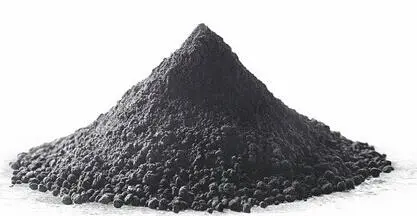
Figure 1. Tantalum Carbide Raw Materials
Tantalum carbide ceramic is a ceramic containing seven crystalline phases of tantalum carbide. The chemical formula is TaC, face-centered cubic lattice.
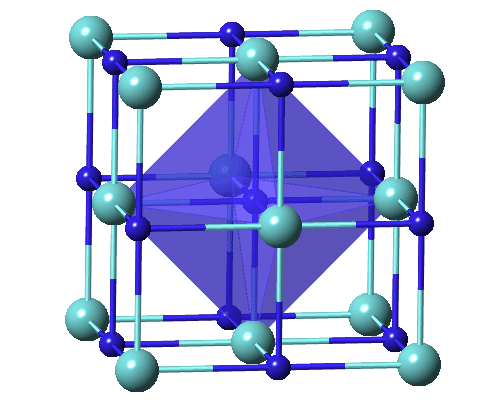
Figure 2. Tantalum carbide - Wikipedia
Theoretical density is 1.44, melting point is 3730-3830℃, thermal expansion coefficient is 8.3×10-6, elastic modulus is 291GPa, thermal conductivity is 0.22J/cm·S·C, and the peak melting point of tantalum carbide is around 3880℃, depending on purity and measurement conditions. This value is the highest among binary compounds.
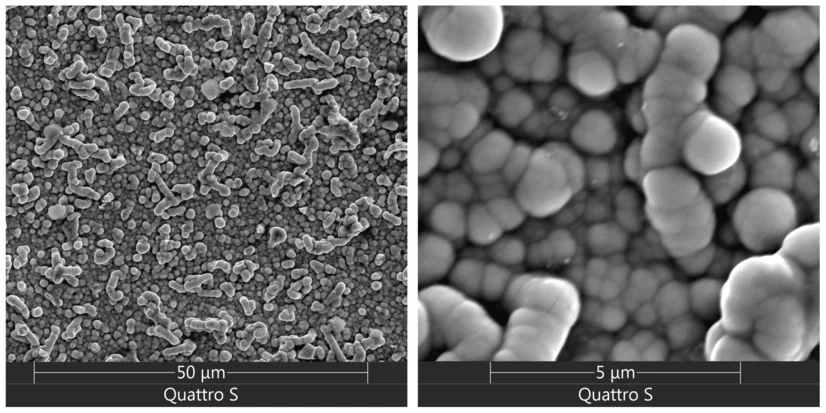
Figure 3. Chemical Vapor Deposition of Tantalum Carbide in the TaBr5&ndash
2. How strong is tantalum carbide?
By testing the Vickers hardness, fracture toughness and relative density of a series of samples, it can be determined that TaC has the best mechanical properties at 5.5GPa and 1300℃. The relative density, fracture toughness and Vickers hardness of TaC are 97.7%, 7.4MPam1/2 and 21.0GPa respectively.
Tantalum carbide is also called tantalum carbide ceramics, which is a kind of ceramic material in a broad sense; the preparation methods of tantalum carbide include CVD method, sintering method, etc. At present, the CVD method is more commonly used in semiconductors, with high purity and high cost.
3. Comparison between sintered tantalum carbide and CVD tantalum carbide
In the processing technology of semiconductors, sintered tantalum carbide and chemical vapor deposition (CVD) tantalum carbide are two common methods for preparing tantalum carbide, which have significant differences in preparation process, microstructure, performance and application.
3.1 Preparation process
Sintered tantalum carbide: Tantalum carbide powder is sintered under high temperature and high pressure to form a shape. This process involves powder densification, grain growth and impurity removal.
CVD tantalum carbide: Tantalum carbide gaseous precursor is used to react chemically on the surface of the heated substrate, and tantalum carbide film is deposited layer by layer. The CVD process has good film thickness control ability and composition uniformity.
3.2 Microstructure
Sintered tantalum carbide: Generally, it is a polycrystalline structure with large grain size and pores. Its microstructure is affected by factors such as sintering temperature, pressure and powder characteristics.
CVD tantalum carbide: It is usually a dense polycrystalline film with small grain size and can achieve highly oriented growth. The microstructure of the film is affected by factors such as deposition temperature, gas pressure, and gas phase composition.
3.3 Performance differences
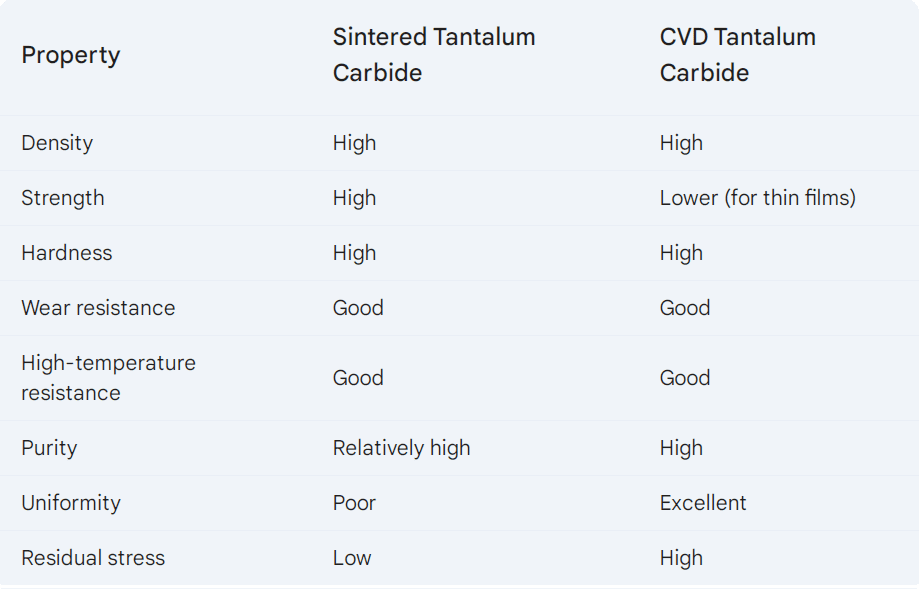
Figure 4. Performance Differences between Sintered TaC and CVD TaC
3.4 Applications
Sintered tantalum carbide: Due to its high strength, high hardness and high temperature resistance, it is widely used in cutting tools, wear-resistant parts, high-temperature structural materials and other fields. For example, sintered tantalum carbide can be used to manufacture cutting tools such as drills and milling cutters to improve processing efficiency and part surface quality.
CVD tantalum carbide: Due to its thin film properties, good adhesion and uniformity, it is widely used in electronic devices, coating materials, catalysts and other fields. For example, CVD tantalum carbide can be used as interconnects for integrated circuits, wear-resistant coatings and catalyst carriers.
----------------------------------------------------------------------------------------------------------------------------------------------------------------------------------------------------------------------------------------------------------------------------------------
As a tantalum carbide coating manufacturer, supplier and factory, VeTek Semiconductor is a leading manufacturer of tantalum carbide coating materials for the semiconductor industry.
Our main products include CVD tantalum carbide coated parts, sintered TaC coated parts for SiC crystal growth or semiconductor epitaxy processes. Our main products are Tantalum Carbide Coated Guide Rings, TaC Coated Guide Rings, TaC Coated Half Moon Parts, Tantalum Carbide Coated Planetary Rotating Disks (Aixtron G10), TaC Coated Crucibles; TaC Coated Rings; TaC Coated Porous Graphite; Tantalum Carbide Coated Graphite Susceptors; TaC Coated Guide Rings; TaC Tantalum Carbide Coated Plates; TaC Coated Wafer Susceptors; TaC Coated Graphite Caps; TaC Coated Blocks, etc., with a purity of less than 5ppm to meet customer requirements.
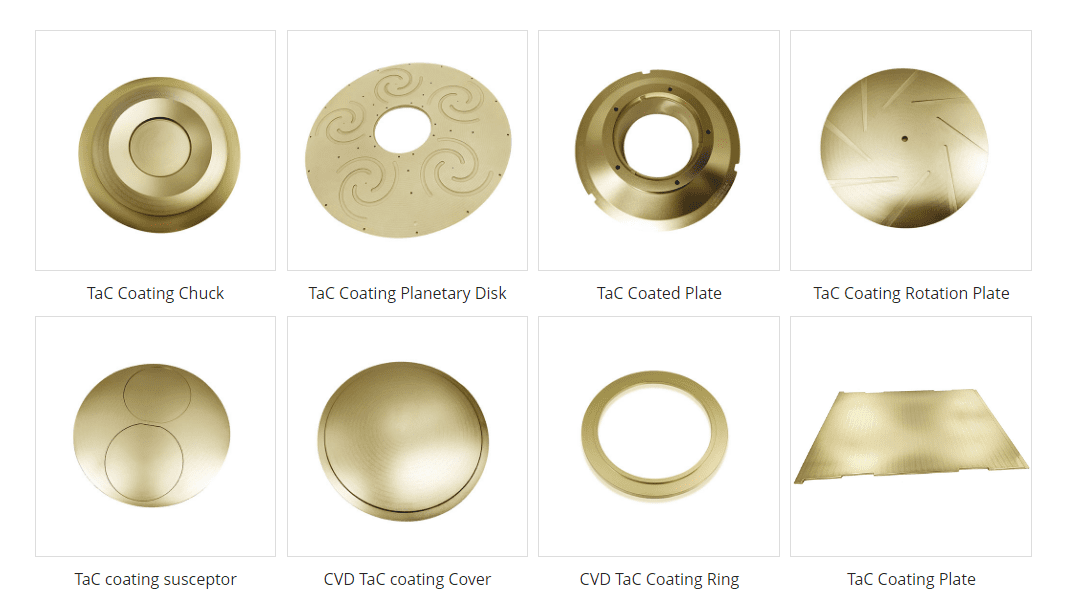
Figure 5. VeTek Semiconductor's Hot-selling TaC Coating Products
VeTek Semiconductor is committed to becoming an innovator in the Tantalum Carbide Coating industry through continuous research and development of iterative technologies.
If you are interested in TaC products, please feel free to contact us directly.
Mob: +86-180 6922 0752
WhatsAPP: +86 180 6922 0752
Email: anny@veteksemi.com



